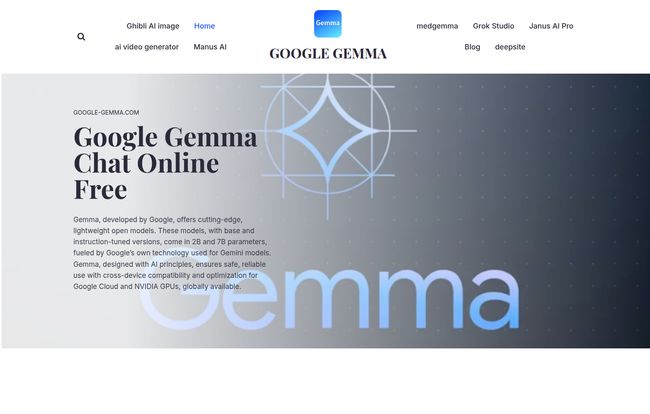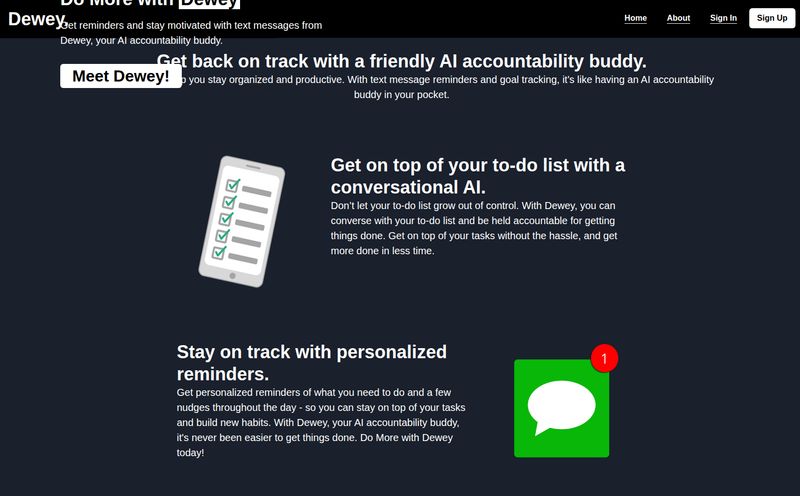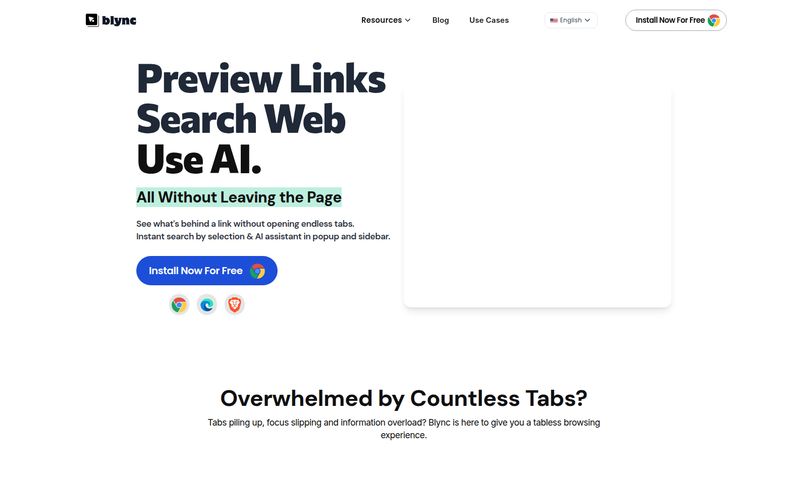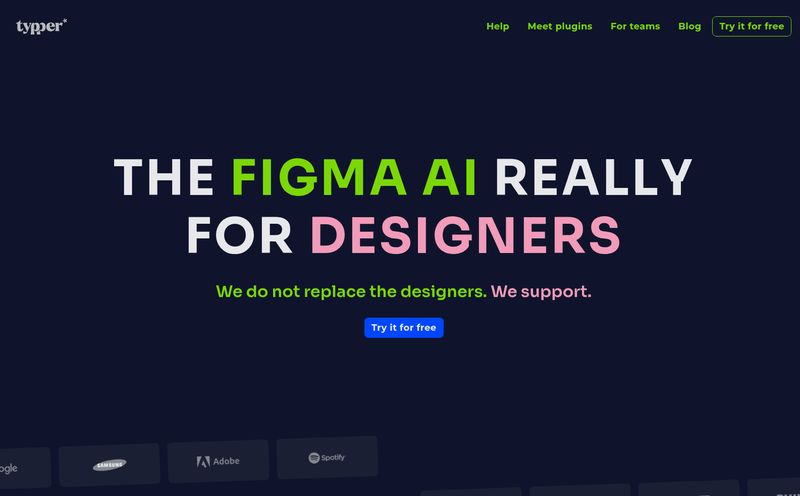I’ve been in the SEO and digital marketing world long enough to see trends come and go. Remember the frantic rush for voice search optimization? Or when every other client wanted a viral infographic? The latest tidal wave, of course, is AI. And with it comes a flood of massive, all-powerful language models that promise to do everything short of making your morning coffee. They're impressive, for sure, but often feel like trying to use a sledgehammer to hang a picture frame. They’re heavy, expensive, and frankly, overkill for most day-to-day tasks.
And then, along comes Google Gemma. It didn't arrive with the same earth-shattering kaboom as its bigger siblings, but in the world of developers, tinkerers, and practical marketers like me, it made a very different, and arguably more useful, kind of noise. It’s a quiet revolution.
So, What in the World is Google Gemma?
Let's cut through the jargon. Google Gemma is a family of open-source language models. The key word there is open. And maybe even more importantly, lightweight. Think of it less like a supercomputer brain in a jar and more like a highly capable Swiss Army knife. It's built using the same brilliant research that powered the massive Gemini models, but it's been engineered for a different purpose entirely. It's designed to be nimble.
Gemma comes in two main sizes: a 2B and a 7B parameter version. Now, unless you’re an AI researcher, those numbers might not mean much. So let me translate: they’re small enough that you can actually run them on your own laptop or desktop computer. Yeah, you read that right. No more mandatory, wallet-draining cloud instances just to experiment with an idea. This is AI development brought back down to earth.

Visit Google Gemma
The Gemini Connection: A Tale of Two Models
It's easy to look at Gemma and think of it as “Gemini-lite” or a budget version of the main event. But that's the wrong way to look at it. It's not about being better or worse; it's about having the right tool for the job. You wouldn't use a Formula 1 car to go grocery shopping, right? It's fast and powerful but utterly impractical for that task.
Gemini is the F1 car—a beast of a model designed for huge, complex, multi-modal tasks. Gemma is more like a hot hatch. It's zippy, versatile, incredibly fun to drive, and you can actually park it. It’s made for a wider range of applications, from powering a smart chatbot on a small business website to helping a researcher sift through text without needing access to a government-level supercomputer. They share the same engineering DNA, but they're built for different roads.
The Big Wins: Why Developers are Buzzing About Gemma
The practical benefits are where Gemma really starts to shine, and honestly, this is the part that gets me most excited. It's not just theory; it's tangible.
It Actually Runs on a Normal Computer
I have a distinct memory from a couple of years ago of trying to get a moderately-sized open-source model running on my (then) pretty powerful machine. The fans screamed, the chassis got hot enough to fry an egg on, and it ultimately crashed. It was a humbling experience. Gemma is the antidote to that. The ability to run the 2B model locally is a genuine game-changer for experimentation and rapid prototyping.
Did I Mention It's Free?
This one’s a biggie. Google has made Gemma incredibly accessible. You can get your hands on it for free through platforms like Kaggle and Google Colab. They’re even offering credits for new Google Cloud customers to deploy it on more robust infrastructure like Vertex AI or Google Kubernetes Engine (GKE). This lowers the barrier to entry so dramatically that students, indie developers, and small agencies can now play in a sandbox that was previously reserved for Big Tech.
Built for the Modern Dev Workflow
This isn't just some half-baked project thrown over the wall. Google has clearly thought about how people will use Gemma. It’s optimized for the hardware most developers are already working with, specifically NVIDIA GPUs, and it integrates cleanly into the Google Cloud ecosystem. It feels less like a science experiment and more like a professional-grade tool that just happens to be free.
A Dose of Reality: Where Gemma Stumbles
Okay, let's not get too carried away. No tool is perfect, and it's my job to give you the full picture. Gemma is fantastic, but it comes with the same baggage that all current-gen AI models carry.
The Inevitable Bias Problem
Gemma was trained on a massive dataset pulled from the internet. And the internet, as we all know, is a reflection of humanity—warts and all. That means the model has inherent biases baked into its programming. It’s something developers have to be acutely aware of and actively work to mitigate. Responsible AI isn't just a buzzword here; it's a necessity.
It's a Wordsmith, Not a Truth Machine
This is probably the most common misconception about LLMs. They are incredibly good at predicting the next word in a sequence to form coherent, human-sounding text. They are not databases of facts. Gemma can, and will, state things that are factually incorrect with complete confidence. Always, always, always have a human in the loop to fact-check any critical information it generates. It’s a brilliant brainstorming partner, not an oracle.
Putting Gemma to Work: Practical Ideas
So, beyond the technical specs, what can you actually do with it?
- Content Ideation: Stuck on blog topics? Ask Gemma to generate 20 ideas based on a keyword. You'll have to sift through them, but it's a great way to break through writer's block.
- Text Summarization: Feed it a long, dense industry report and ask for the key takeaways. A huge timesaver.
- Simple Chatbots: You could fine-tune a Gemma model to handle basic customer service queries on your website, answering questions about business hours, locations, or return policies.
- Code Generation: It can help write boilerplate code snippets, saving developers time and repetitive effort.
- Research & Development: For academics and researchers, it's an incredible tool for analyzing text data at a scale that was previously unimaginable for small teams.
My Verdict: Is Google Gemma a Must-Try?
For the right person? One hundred percent, yes. If you are a developer, a student, a researcher, an SEO tinkerer, or a small business owner who's curious about AI but scared off by the cost and complexity, Gemma is for you. It's a powerful, accessible, and remarkably versatile tool that invites you to experiment and learn.
It represents a wonderful shift in the AI world—a move away from the 'bigger is always better' mentality towards a future of more specialized, efficient, and democratized tools. It's not going to replace the massive models, but it fills a huge, and very important, gap in the ecosystem.
Frequently Asked Questions About Google Gemma
- What is Google Gemma, really?
- In short, it’s a family of free, open-source, and lightweight language models from Google. They're based on the same tech as the larger Gemini models but are designed to be run on a wider range of hardware, including personal computers.
- How can I get my hands on Gemma?
- It’s surprisingly easy! Google has made it available on platforms like Kaggle and Google Colab for free. You can also deploy it using Google Cloud services like Vertex AI and GKE, often with free credits for new users.
- What kind of devices can run Gemma?
- This is one of its best features. Gemma is optimized to run across a variety of devices, including laptops, desktops, and of course, cloud servers. There's even potential for use on smaller IoT devices and mobile phones.
- Can I fine-tune Gemma models?
- Yes. Google provides both base models and instruction-tuned versions. This means you can take the base model and fine-tune it on your own data for specific tasks, which is incredibly powerful for creating customized applications.
- Is Gemma better than Gemini?
- It's not a question of 'better'. They are designed for different tasks. Gemini is for large-scale, highly complex problems. Gemma is for more specialized, lightweight applications where speed and accessibility are more important.
- Is Gemma truly free to use?
- Yes, the models themselves are open and free to access and use. While running them on a large scale on a cloud platform will incur standard computing costs, accessing them for development and experimentation on platforms like Kaggle and Colab is free.
Parting Thoughts
Google Gemma feels like a breath of fresh air. It’s a pragmatic, powerful, and profoundly useful tool that puts serious AI capabilities into the hands of a much broader audience. It’s a reminder that progress isn’t always about building the biggest thing in the room; sometimes, it’s about building the smartest and most accessible one. Now if you'll excuse me, I have some ideas I need to go prototype.
References and Sources
- Google's Official Gemma Announcement
- Gemma on Kaggle
- Getting Started with Google Colab
- Using Gemma with Vertex AI Model Garden



